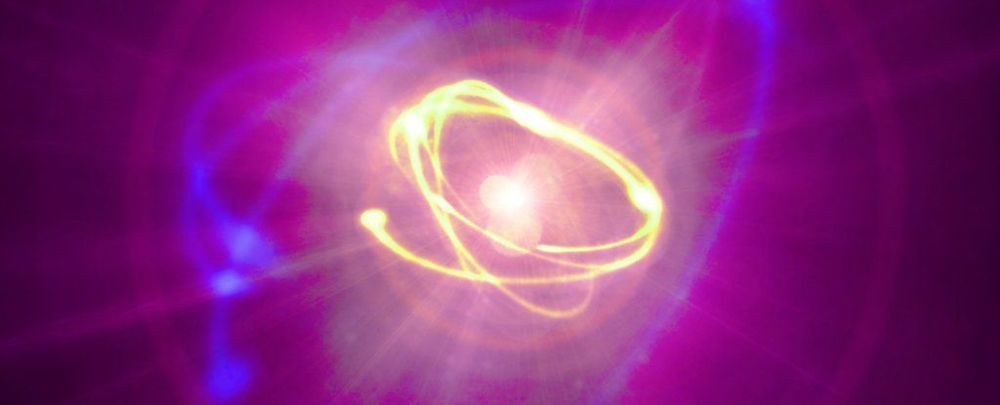Something about atoms has never added up. Fundamental particles called quarks get kind of sluggish once they’re caught up in crowds of protons and neutrons – and quite frankly, they shouldn’t.
For decades, physicists have hunted for clues on the quark’s tendency to slow down in larger atoms, but have come up empty-handed. But now, a closer look at old data has finally revealed a clue to explain this strange phenomenon.
A massive team of physicists known as the CLAS Collaboration (after the CEBAF Large Acceptance Spectrometer) recently ran through data gathered from previous experiments at the Jefferson Lab’s Continuous Electron Beam Accelerator Facility.
Read more
